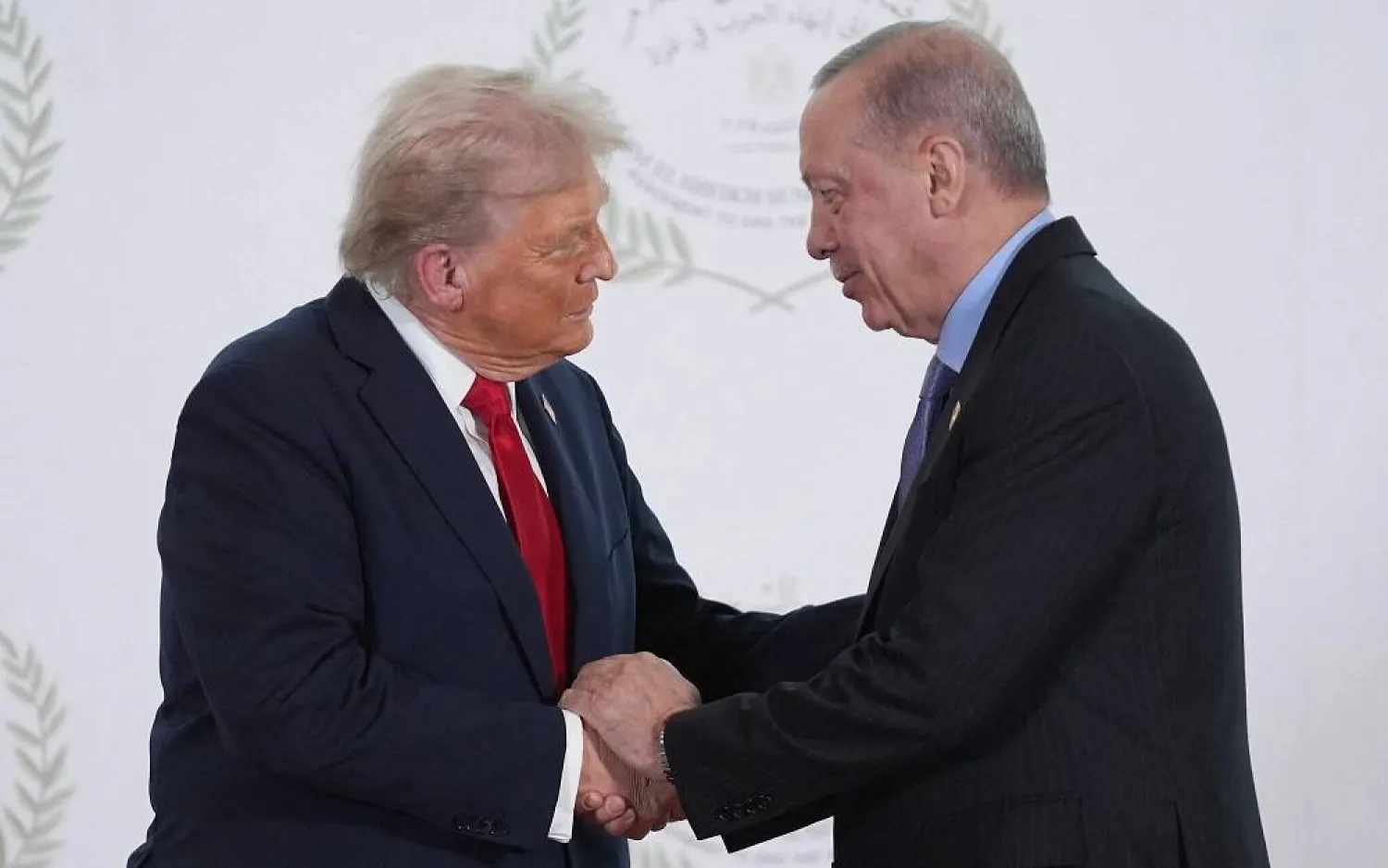The Israeli army is concerned about what it describes as a significant change in the concept of air defense by Hezbollah in Lebanon, following the party's doubling of the number of air defense systems in its possession, according to Israeli Army Command sources in Tel Aviv.
Israel believes that Hezbollah plans to restrict the freedom of action of the Israeli Air Force in Lebanon.
They claimed that "Hezbollah's decision to restrict the Israeli Air Force with available Russian air defense systems, SA8 and SA22, is a fundamental change in Hezbollah's strategic concept, within which attempts are being made to restrict the Israeli Air Force's freedom to operate during normal hours."
Israel's Maariv newspaper quoted the sources as saying that Israeli estimates indicate that Hezbollah "doubled the amount of air defense systems in its possession during the last five years and that these defense systems are based mainly on modern Iranian systems."
It pointed out that the improvement of these capabilities by Hezbollah is ongoing and this is expressed, in the availability of these systems for rapid use and in accordance with the decision of the Secretary-General of Hezbollah, Hassan Nasrallah.
The Israeli security service believes that "the attack by an Israeli drone, in August 2019, of a facility in a building in the heart of the southern suburbs of Beirut, the stronghold of Hezbollah, which has been described as a facility to improve the accuracy of missiles, initiated the turning point in Hezbollah's strategy, and the threat by Nasrallah at the time to "start shooting down Israeli drones."
According to the newspaper, "Hezbollah implemented this threat two months later when it fired an SA8 missile at an Israeli Hermes 450 drone, which was on an intelligence-gathering mission, but the missile missed the target."
The newspaper pointed out that the Israeli army "monitored the vehicle from which the missile was launched, and requested to target it, but the Israeli political level, headed by Benjamin Netanyahu did not approve of this, in anticipation of an escalation."
The newspaper added that the Israeli army "views this event as extremely important for the future and that it motivated Nasrallah to show other field capabilities. This was followed by three attempts by Hezbollah to shoot down Israeli drones."
Afterward, the Israeli army discussed "the possibility of targeting Hezbollah's air defense systems, then removed this issue from its agenda, while Hezbollah enhanced its arming with air defense systems," said the newspaper.
Moreover, Hezbollah placed tents two months ago on the Israeli side of the border in Shebaa Farms. Political sources revealed on Friday that the Israeli army said it intended to handle the matter “through diplomatic channels'' and have the tents removed by the UN Interim Force in Lebanon (UNIFIL).









